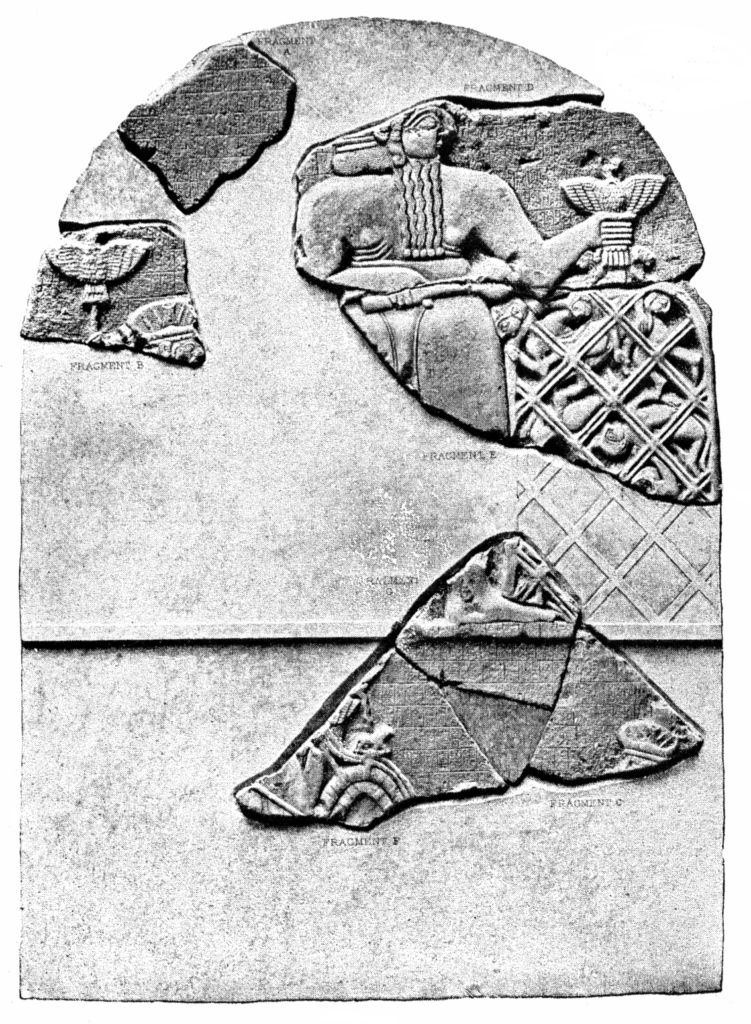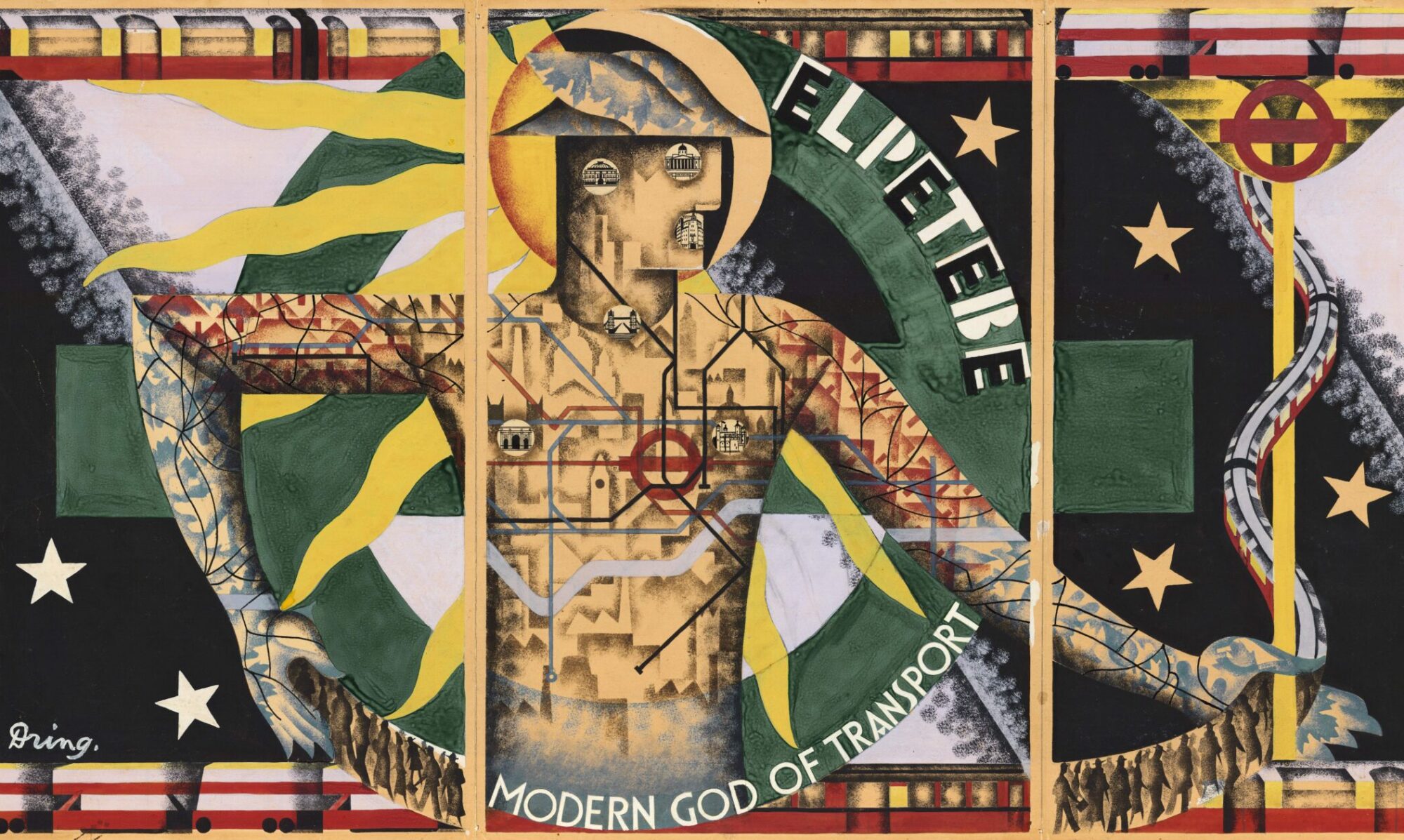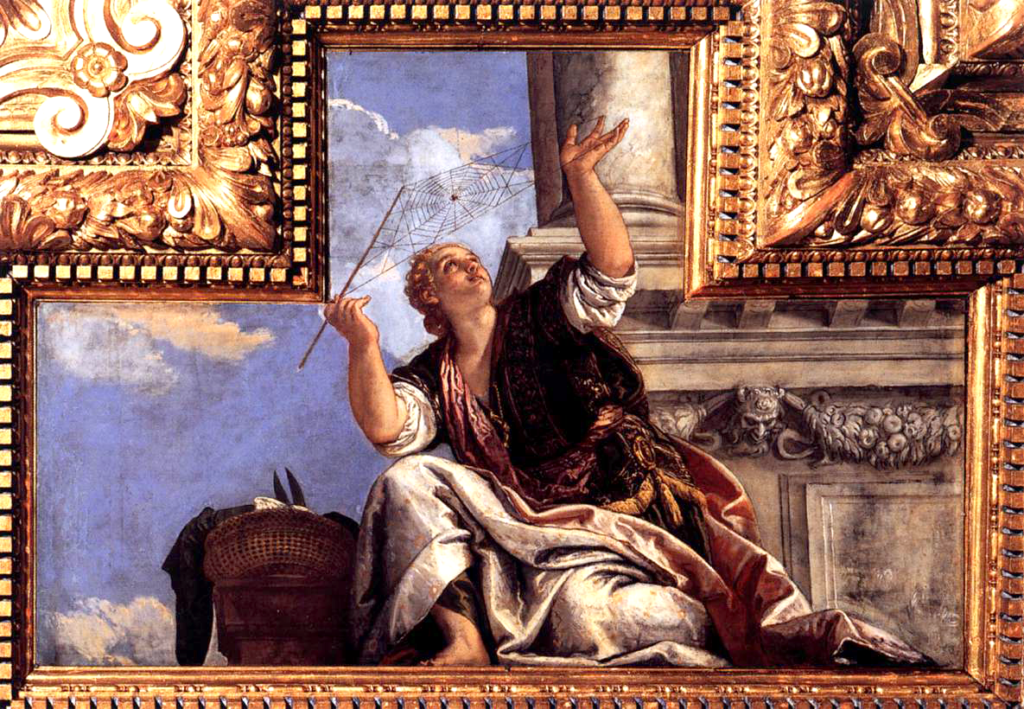Chapter 2 of The Connectivity of Things: Network Cultures since 1832 is called „Six strata of network history: Genealogy of a cultural technique“. Actually, this one has been written almost exclusively from scratch for the English version of the book. It carves out two main themes of the book. Firstly, this chapter is about research on cultural techniques, and what this means for an Anglophone audience. And secondly, I am telling the longue durée story of nets and networks in a very condensed form.
This week’s image resonates with that genealogy which uncovers six strata of network history: material culture, mythology and religion, reticular nets, infrastructural nets, social networks, and network science. (Connectionist artificial intelligence might develop into a seventh stratum, but this remains to be seen.) The so-called „Stele of Vultures“ resides in today’s Louvre. In the spatial logic of the Paris museum’s collection it represents the beginning of cultural history. In the Louvre you’ll not just find the fragments of a net of power that holds and punishes the enemies of the city-state of Lagash. The stele is surrounded by a multitude of smaller objects of Sumerian everyday culture. Nonetheless, it remains a stunning testimony of ancient civilization’s symbolization of the net as a network of binding, holding, and ruling power.


